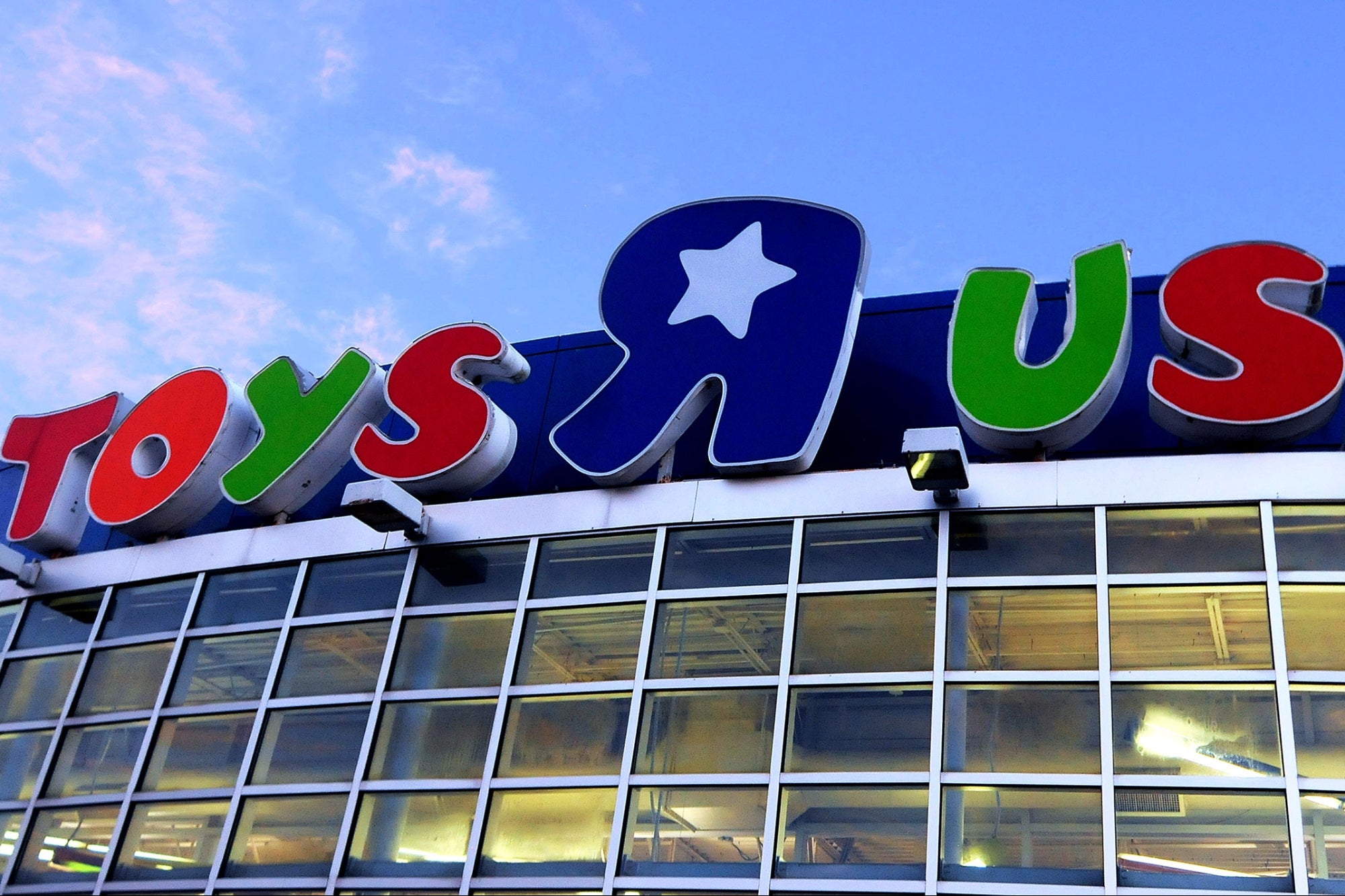Opinions expressed by Entrepreneur contributors are their own.
Toys “R” Us was once a household name, thanks to several innovative practices, including stocking iconic toy brands, utilizing big-name celebrities for promotional events, negotiating lucrative contracts with different toy production companies and developing Geoffrey the Giraffe, who would remain the face of the brand’s advertising campaigns for decades.
Despite all this, the company struggled to deal with the ever-changing tide of consumer expectations and the rise of ecommerce platforms. By 2017, the company filed for bankruptcy. Now, with the five-year anniversary of the store closures in June, what lessons can be learned from the once-beloved brand’s fall from the spotlight?
The answer is a lesson in building a solid, modern and agile brand. Here are three ways Toys “R” Us could have not only survived but maintained its iconic status to this day:
Related: 5 Strategies You Need to Build Your Brand
1. Encourage people to experience and connect with your brand
The average size of a Toys “R” Us store was approximately 30,000 square feet. The company used this space to stock the shelves with the latest and greatest toys and activities for children. In fact, the company often overstocked, providing “significant inventory offerings” between Thanksgiving and Christmas in order to attract last-minute shoppers.
This type of “big-box” structure and approach made the company a store rather than a destination. To create a true brand experience, I would have carved out 10,000 to 15,000 square feet of each location and turned it into a one-stop shop for birthday parties. Amenities would have included a bounce house, trampoline zone, learning stations, an arcade and more.
This way, the store would have become a destination for customers. Rather than a place to “run into,” creating a brand destination would have provided Toys “R” Us customers an experience. And research shows that experience drives results. A Salesforce study found that 80% of customers believe the experience a company provides is as important as the products it sells.
Additionally, the company could also have built a kitchen to serve food and sell drinks for birthday parties, in turn driving more revenue. When parents booked a party, one of the beneficial requirements would have been to fill out a birthday registry for items sold in the retail store. This all-in-one business model would have separated the brand from its competitors.
Related: 4 Things That Make for Unforgettable Customer Experiences
2. Understand your customer’s pain points
A changing retail landscape and an increasingly competitive landscape were a few of the many reasons Toys “R” Us closed. But I would argue Toys “R” Us ultimately failed because its leadership didn’t understand the changing needs of its customers.
As a destination for toys, the company missed the pain points facing its primary target audience: The parent. Take birthday parties, for instance. A recent study found that 55% of parents are stressed out by the time it takes to plan a birthday party and how to keep it affordable. At the core, today’s consumers prioritize convenience — and by providing a seamless, one-stop-shop, party and gifting program, the iconic retailer could have captured the attention of busy parents by amplifying the benefits of saving time, money and energy.
The creation of a robust online gift registry system where parents could create, track and purchase gifts from the store would also have addressed key parent pain points. Then, the gift would be wrapped and placed at the birthday party when guests arrive, again saving a busy parent’s time and energy.
Providing convenience and peace of mind is critical to customer retention. In fact, our 2023 Subscription Commerce Industry Outlook Report preview notes that the top three ways to keep customers include:
Related: How to Identify the Pain Points That Make Customers Decide What They’re Going to Buy
3. Foster a community
By creating the infrastructure necessary to make its stores destinations, Toys “R” Us could have ultimately created a true community experience for kids and parents alike. On the days when parties weren’t being held, a monthly membership system would allow regular engagement in the space, exclusive access to the play area and food at discounted rates.
After all, building a returning customer base of happy, long-term customers is essential to business growth within recurring revenue and membership models. In fact, research has shown the best subscriptions generate more than 20% of their revenue from existing subscribers.
The most successful brands will find ways to foster engaged communities that feel a personal connection and brand affinity. As Brian Mac Mahon of Expert DOJO says, “If you’re looking to build a company, it has to be a vision that makes people stop and that lasts forever.”
As Babies “R” Us, the sister company to Toys “R” Us, attempts a comeback in the coming year, I hope they’ll take these lessons to heart. Entrepreneurs should not be about building a business, but rather a brand with deep loyalty and community engagement. As consumer habits continue to evolve, brands that build exclusive experiences for well-researched customer audiences will zoom ahead of the competition.







